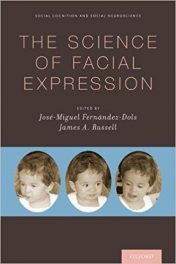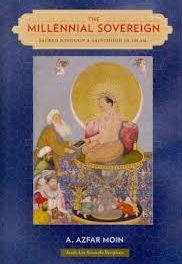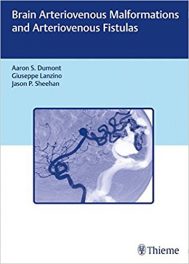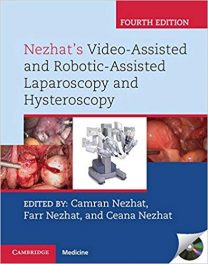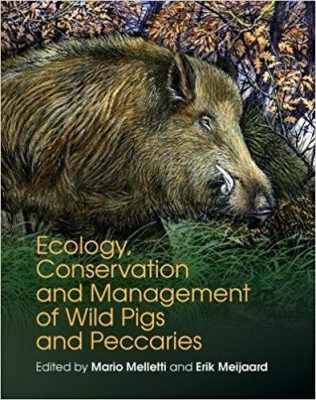 Editors: Mario Melletti and Erik Meijaard
Editors: Mario Melletti and Erik Meijaard
Publisher: Cambridge University Press – 448 pages
Book Review by: Sonu Chandiram
Pigs and peccaries are not only a food source for humans but also their competitors in hunting for other sources of food.
This peculiar relationship between peccaries and humans, who have evolved together, began since the dawn of domestication. This book is packed with rich details on the domestication and spread of the species to which these animals belong. Today they are found in countries on all continents except Antarctica.
A pig is any of the animals in the genus Sus, within the even-toed ungulate family Suidae. Pigs include the domestic pig and its ancestor, the common Eurasian wild boar (Sus scrofa), along with other species. Related creatures outside the genus include the peccary, the babirusa, and the warthog.
The words pig, hog and swine are all generic terms without regard to gender, size or breed. A male pig is called a boar. A female pig is called a gilt if she hasn’t had piglets yet and a sow if she has. Pigs are very social animals. They form close bonds with each other and other species.
In the paragraph below, you will note that the contributors hail from a wide range of environments where pigs, hogs, boar and their ‘cousins’ are found, from Australia and New Zealand to countries in the Pacific, to the Asian subcontinent, to Eastern and Western Europe, to Africa, and to North and South America
Some 100 specialists on pigs and peccaries from 29 countries around the world – Australia, Austria, Belgium, Botswana, Brazil, Bulgaria, Canada, Central African Republic, France, Germany, Hungary, India, Indonesia, Italy, Japan, Kenya, Luxembourg, the Netherlands, New Zealand, Mexico, the Philippines, Poland, Portugal, Russia, South Africa, Spain, Sweden, the United Kingdom, and the United States – authored the 38 chapters of this book.
The chapters are organized around three Parts named below that provide you the readers an overview of what you will find on this rare subject of the biological families Suidae and Tayassuidae.
Part I. Evolution, Taxonomy, and Domestication
Part II. Species Accounts
Part III. Conservation and Management
“The artificial movement of domesticated animals by humans over long periods of time, combined with the return of feral animals to the wild, makes for endless possibilities of cross-breeding. All of this makes for a bit of a muddle in defining species limits for the group,” states Don E. Wilson of the Smithsonian Institution in his Foreword.
But not to worry. Two types of combined efforts are helping refine our knowledge of this group of animals. One of them is ‘careful morphological studies in a phylogenetic approach’ and the other is ‘modern molecular methods,’ Wilson points out.
It might surprise you to learn that pigs and peccaries are the most numerous large-mammal species in the world. There is an estimated domestic pig population of around one billion around the globe, the editors Mario Melletti and Erik Meijaard inform us in the Preface. That amounts to about one pig for every seven humans on our planet.
This number does not include wild and feral pigs. Can you take a guess on how many species of wild pigs and peccaries there are in the world? There are no less than 21 distinct species, they point out.
Melletti and Meijaard explain that the wild, feral and domesticated pigs and peccaries are a very important source of food (‘crucial protein,’ they term) for people living near forests, and for carnivores such as jaguars, lions, tigers, and wolves.
As important elements in the conservation of the Earth’s biodiversity, pigs and peccaries positively impact the ecological functioning of large and small ecosystems with their feeding, rooting, and predatory behavior, thus enriching otherwise more homogenous environments and allowing other species to thrive.
But they can also have a major negative influence as invaders into areas where flora and fauna thrive, which constitute as food for herbivores. This drives some local species to extinction.
The further irony is that “some pigs and peccaries are actually highly threatened with extinction themselves,” the editors write. Thirteen of the 21 species are now already on the Red List of the Switzerland-based International Union for Conservation of Nature (IUCN) headed by Julian Huxley. And two of the species are considered Critically Endangered.
This is a unique book on a rare subject – pigs and peccaries – on which there are so few other works. Its coverage is broad as well as deep. It is also quite authoritative, with some 100 specialists as authors and coauthors of its 38 chapters that provide extensive coverage. .
Editors:
Mario Melletti is affiliated with the AfBIG (African Buffalo Initiative Group), the IUCN, the Shared Services Center (SSC) and its Aging Studies Group (ASG) section.
ErikMeijaard is affiliated with Borneo Futures, the Center of Excellence for Environmental Decisions at the University of Queensland, the Australian National University Wild Pig Specialist Group (WPSG), the IUCN, and SSC.

